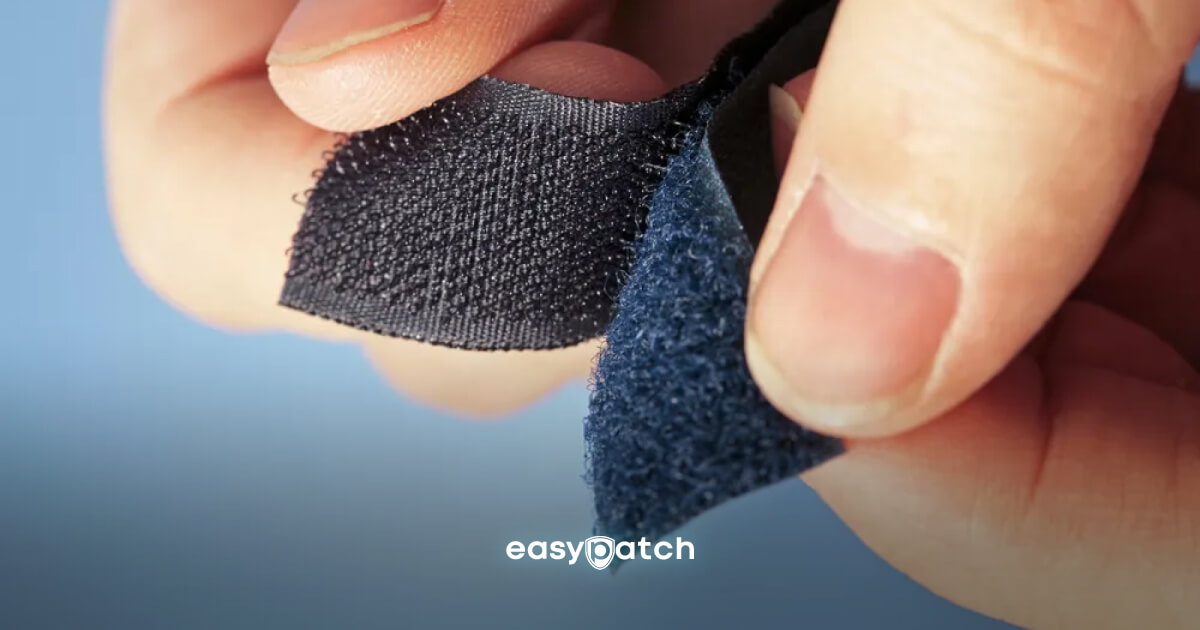
Patches and badges can be applied in different ways, depending on the type of material and personal preference. Here are some of the most common types of application:
SEWING
This is the traditional method of applying patches and badges. It requires the use of a needle and thread to sew the patch or badge directly onto the fabric of the garment or object. It can be a laborious process, but ensures a strong adhesion and durability.
It is usually recommended when dealing with a small quantity of patches to be applied or in cases where an extremely long-lasting strength of the application is desired.
THERMAL ADHESIVE
Some patches and badges can be equipped with a thermal adhesive or iron-on backing. This means that when heated, the adhesive is activated and fuses with the fabric, permanently fixing the patch or badge. This method is faster than stitching, but requires the use of a heat press or iron for application. The high heat required for application makes it a method that cannot be used with materials that would be ruined, such as PVC, but is extremely valuable with fabrics such as embroidered patches or chenille patches, for example.
It is a recommended finish when you want to apply a large number of patches quickly and achieve a quick and long-lasting result.
ADHESIVE
When added as a finishing touch, patches are made with adhesive backing, which, unlike thermo-adhesive ones, does not require heat for activation. Simply remove the protective film and apply the patch to the desired surface. However, the adhesive may not be as strong and durable compared to stitching or thermal adhesive.
This type of application is most commonly used when the patch is limited to temporary use, such as events or trade fairs, or when the application surface does not constantly stimulate the patch, such as in the case of walls or hard, immobile surfaces.
VELCRO
This is definitely the most popular finish for PVC patches. Velcro is a special hook-and-loop fastener characterised by two flat surfaces that can be easily attached and detached at any time. One side is scattered with tiny hooks ( male Velcro), while the other has even smaller loops ( female Velcro). Generally, this is the solution most appreciated by Airsoft practitioners, as most uniforms have some areas already prepared with female Velcro, thus making it easy to apply and remove badges and patches. In cases where this provision is not present, we also provide the female backing to be sewn on so that you can later apply your own patch quickly and durably.
This solution is ideal for Airsoft teams, Police, Security agencies, Fire brigades, Law Enforcement and the Military since, as mentioned, they are already used to this type of support.
Whichever media you choose to apply your patch with, it is always important to follow the specific instructions provided to ensure proper application. The choice of application method will depend on the type of patch or badge, the fabric or surface to which it will be applied, and personal preference.
If you have any doubts about the backing that might be best for your needs, we always invite you to contact us for free assistance with your order.